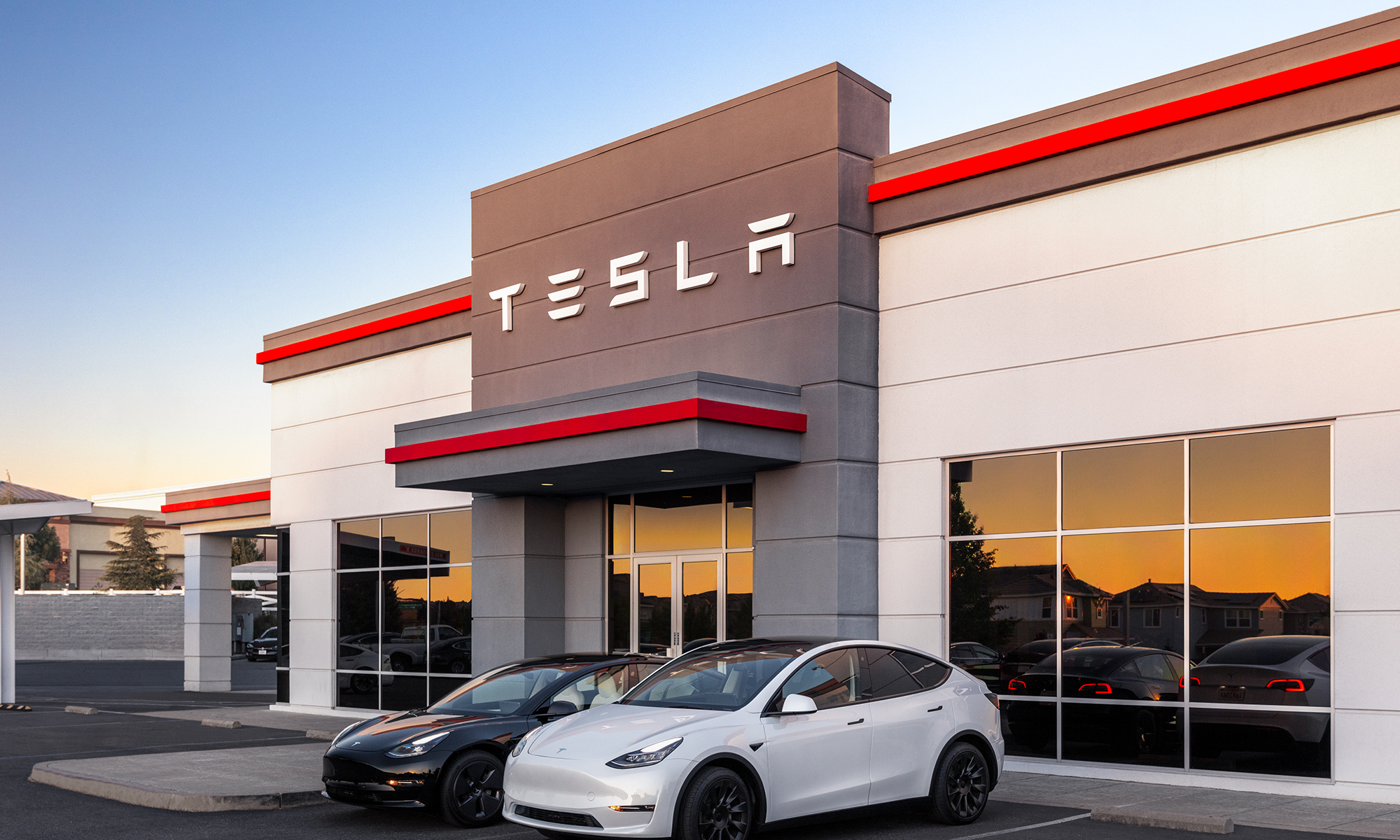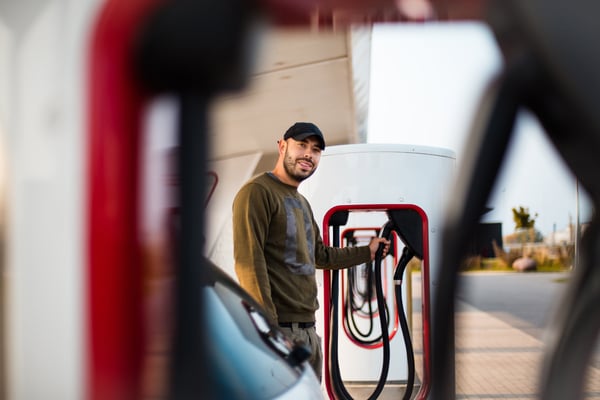
Looking more like an Apple Genius Bar than a car dealership, Tesla is changing the way retailers look at showrooms.
Amazon shook the book-selling world when it announced it was opening its first physical bookstore in Seattle. For an Internet company that has crushed the competition -- and in plenty of industries besides just books -- it was a big announcement.
However, it's not a particularly revolutionary development in retail, even if it's harnessing the immense computing power of its analytics operation to determine which books to sell in any particular market. It still amounts to a traditional way to sell a product and mimics many other online retailers that have moved into real-world stores, including Chico's FAS Boston Proper brand, Gap's Piperlime, and even curated commerce service Birchbox.
And the trend has gone in the other direction, too, with brick-and-mortar retailers building out and bulking up their online presence so that the distinction is blurred between who is an online retailer and who is a physical one. Omnichannel retailing, whomever is practicing it, is seen as the key to getting consumers to keep coming back.
But as noted before, it's not particularly innovative. For that, we need to look elsewhere to see the real revolution taking shape in retail. And we need venture no further than electric car company, Tesla Motors (TSLA 1.13%), which has brought a completely different look altogether into its showrooms.
At Tesla, customers don't get to walk among endless rows of cars to pick out the one they want to buy. Rather, they do it virtually. There are typically just one or two representative vehicles on the showroom floor, and with the assistance of a "salesman", customers use a kiosk to place their orders over the Internet. Or they can just do it at home.
So disruptive is this business model that Tesla has earned the enmity of auto dealers and franchises who see themselves getting cut out of the loop as Elon Musk sells his sleek electric cars directly to the public.
While at first blush it may seem a system rather unique to selling cars and not applicable to more industries -- or just to Tesla, as it has only two models and not dozens like its bigger competitors -- it is possible this could be replicated across retail. In fact, it is being tested by a completely unlikely company: diamond seller Blue Nile (NILE +0.00%).
If there's an industry that screams for a hands-on approach to buying a product, it's diamonds. You're looking for cut, color, clarity, and the rest of the five Cs that go into selecting a gemstone. Most shoppers want to see exactly how the stone looks on their finger or around their neck.

A Blue Nile "webroom" is nothing like your typical high-pressure diamond store. Instead, you try on settings and then use an iPad to place your order online. Image source: Blue Nile
But Blue Nile, which has already successfully eliminated the trepidation of buying a diamond online sight unseen, is taking a page from Tesla's playbook and bringing its diamonds closer to the consumer by expanding the availability of its "webrooms".
Don't call it a store. Although customers get to see and try on Blue Nile's jewelry and can consult with a noncommissioned employee face-to-face before placing an order online via an iPad, the webrooms themselves don't complete the sales.
The diamond merchant first experimented with a physical presence last year when it opened a small display inside a Seattle Nordstrom. A second store in Roosevelt Field, Long Island was subsequently added, and Blue Nile said over 90% of the people who visited the counter were there specifically for the diamonds and not shopping the retailer.
While that experiment ended, it undoubtedly got the diamond dealer thinking it could do the same thing itself, and this past summer, it opened its first webroom -- in Roosevelt Field. Now blue Nile plans to add four more showrooms as it seeks to further blend the on and offline worlds.
The innovation here is that it minimizes the costs of opening a physical location. Just as with Tesla, no expensive inventory needs to be kept on hand, and the number of employees needed to staff a store is limited.
Sure, this model might not work for some industries, but it seems a natural fit for clothing retailers, household goods, and more.
It's clear retail is no longer an either-or-situation. You don't have to be solely an Internet or brick-and-mortar retailer. A blended approach between the physical and the digital can help retailers bridge the divide and continue to grow without incurring the cost of expensive overhead. It could be the next revolution that keeps retailers relevant.








